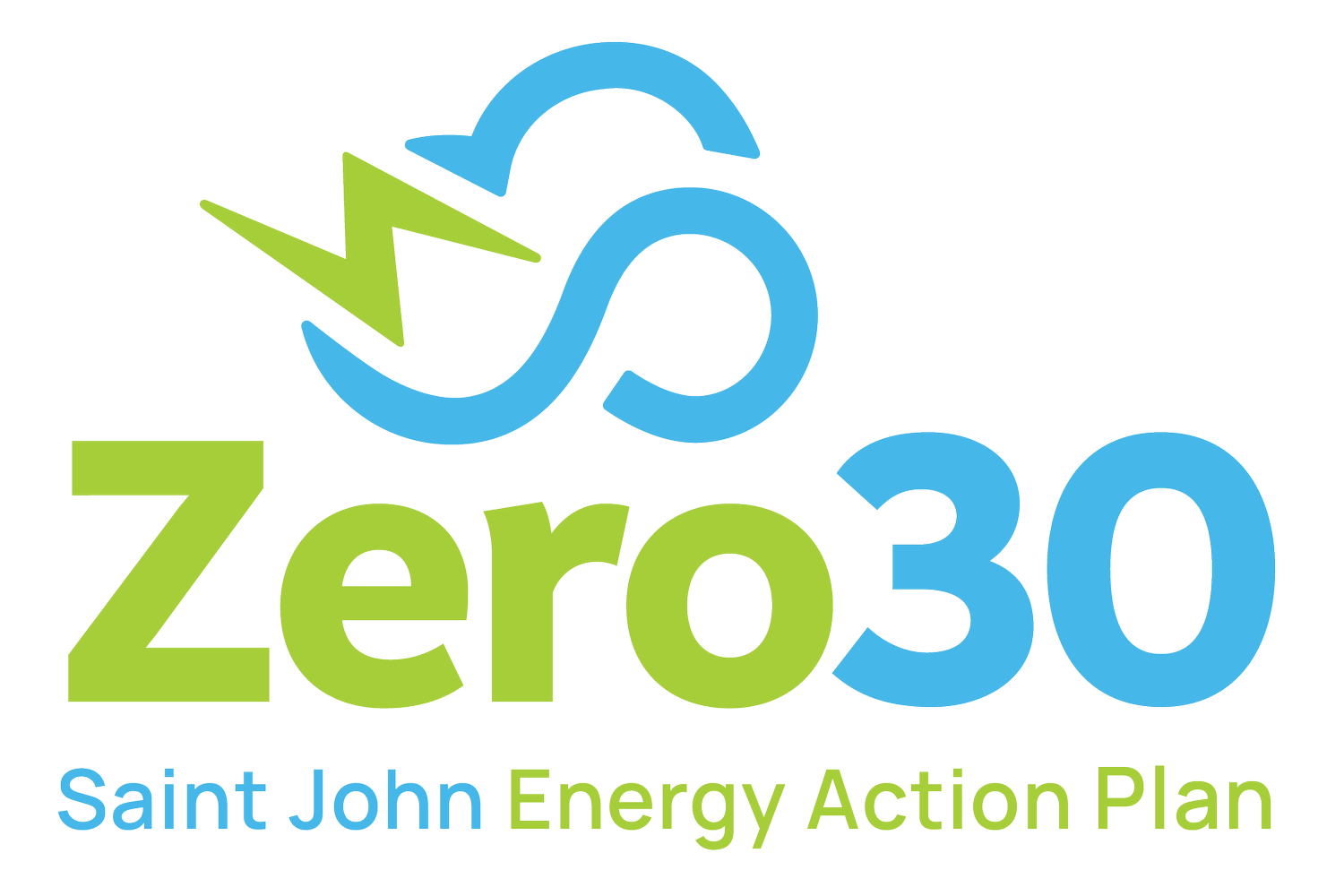Small Changes At Peak Usage Times Can Make a Big Impact
Saint John Energy could use your help Tuesday morning, evening, and Wednesday morning. If you can, please limit the use of major appliances so we can keep reduce our impact.
By Carl Ozkaynak, March 1, 2021 (Updated January 2022)
As we march toward decarbonization, a smarter grid, and greener sources of energy, many of our customers have told us that they want to participate in keeping environmental and financial burdens low as we evolve as a community. By working together, there is a lot to be gained.
When a peak is anticipated, we’ll let you know with an image like this shared on social media and sent out through email to those who have signed up.
Giving people the volume of electricity they demand during peak hours presses our wholesale electricity supplier to fire up generation sources that emit carbon. In our province, power generation brought on by peak demand produces twice (2x) as much carbon dioxide.
Smoothing our peaks by reducing our demand and avoiding the necessity for our supplier to fire up fossil-fuel-powered generation saves us money and is better for our environment.
You Can Help
Saint John Energy is going to begin informing concerned citizens of our need to be smart about how we use energy for the few hours that we anticipate we will experience a spike in electricity demand - usually when extreme weather is anticipated or other influential factors are on the way. During these windows of opportunity, customers can help keep costs low by reducing use of power during these peak hours.
We won’t leave you hanging - when the peak is over, we’ll let you know that too.
Reducing your electricity use doesn’t mean you have to sacrifice comfort or convenience. Making small changes at home when we’re experiencing peak demand contributes to greener energy on the grid and low costs for everyone. Here are a few tips to get you started:
Put off running your appliances (dryer, dishwasher) by a few hours
Minimize or conserve hot water usage
Lower the temperature in unoccupied rooms by 2 degrees or more
Get notified by following us on social media or sign up to be a smart energy innovator and participate in product trials, information sessions, and online dialogue to support smart energy innovation.
The Peak in Numbers
$14.64 per kW is the amount that Saint John Energy pays for the maximum kW reading each month. We need to keep that maximum low.
Over $25M is what Saint John pays per year for peak energy generation
Estimated demand - electric baseboard heat 6kW, clothes dryer 5kW, water heater 3kW, electric stove 2.5kW. Try the handy calculator from NB Power.
Imagine if 5% of SJE’s customers acted to avoid 2kW each then we could save >$50k and reduce GHG emissions.
Understanding kW (or kWh) - The Speedometer Odometer Analogy
You can imagine that power (W) is like your speedometer (current speed), while energy (kWh) is like your odometer. The speedometer can quickly go from zero to sixty and back to zero, but the odometer only slowly counts up: faster if your speed is faster. The speedometer tells you how fast you are going right now (how much power you are using right now), while the odometer tells you how far you've gone (how much energy you've used in total). (credit: Energywatch)
Carl Ozkaynak is the Director of Smart Grid at Saint John Energy and is responsible for Grid Modernization, Information and Operational Technology, Digital Transformation, and Digital Delivery. Carl has years of extensive experience and has spent his career delivering Smart Grid and Digital Transformation Projects across North America.




